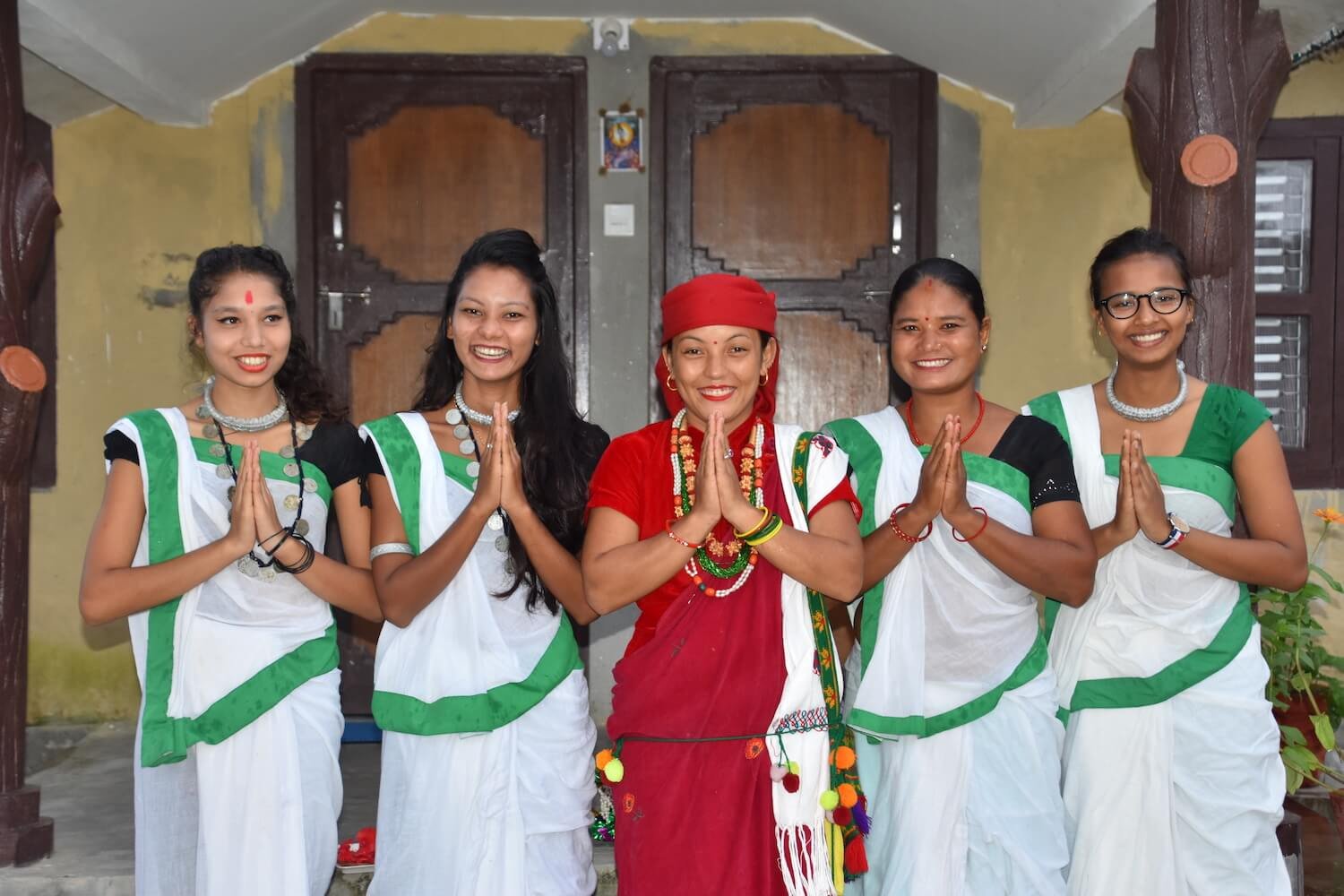Unveiling the Historical Threads: Exploring the Relationship between the Rana Tharu Tribes and Maharana Pratap
Introduction
Maharana Pratap, a legendary figure in Indian history, is renowned for his valiant efforts in resisting Mughal rule and upholding the principles of honor, freedom, and courage. While his legacy is firmly rooted in the annals of Rajput history, intriguing historical connections have led to speculation about the relationship between Maharana Pratap and the Rana Tharu tribes of Nepal’s Terai region. In this article, we delve into the historical context, cultural influences, and the ties that may link Maharana Pratap to the Rana Tharu tribes.
Historical Context
Maharana Pratap, the 16th-century Rajput ruler of Mewar, is celebrated for his resolute stance against the Mughal Empire, particularly the emperor Akbar. His steadfast commitment to his principles and his indomitable spirit in the face of adversity have immortalized him as a symbol of resistance and courage.
The Rana Tharu Connection
While direct historical evidence linking Maharana Pratap to the Rana Tharu tribes may be scarce, there are intriguing cultural and geographical factors that warrant exploration. The Terai region, where the Rana Tharu reside, shares proximity to the Indian subcontinent, making cultural exchanges and interactions plausible over the centuries.
Cultural Influences and Legends
It is worth noting that folklore and oral traditions often transcend borders and time, carrying stories and legends across generations. The Rana Tharu tribes may have encountered tales of Maharana Pratap’s valor through cultural exchanges, trade routes, or travelers, leading to a sense of admiration and cultural affinity.
Shared Principles
Maharana Pratap’s unwavering commitment to independence, his stand against oppression, and his dedication to preserving cultural identity resonate with the core values of many indigenous communities, including the Rana Tharu. The shared principles of resilience, dignity, and self-determination could have contributed to a sense of connection between these distant communities.
Conclusion
While historical records may not definitively establish a direct relationship between Maharana Pratap and the Rana Tharu tribes, the possibility of cultural interactions, shared principles, and oral traditions cannot be overlooked. The threads that connect individuals and communities across time and space are often woven with intangible influences, passing down stories that transcend borders.
Whether through tales of valor, shared values, or cultural affinities, the potential connection between Maharana Pratap and the Rana Tharu tribes serves as a reminder of the complex interplay of history, culture, and human connection that shape the tapestry of our world. It underscores the importance of exploring these historical threads to deepen our understanding of the past and celebrate the diverse influences that contribute to our collective heritage.








